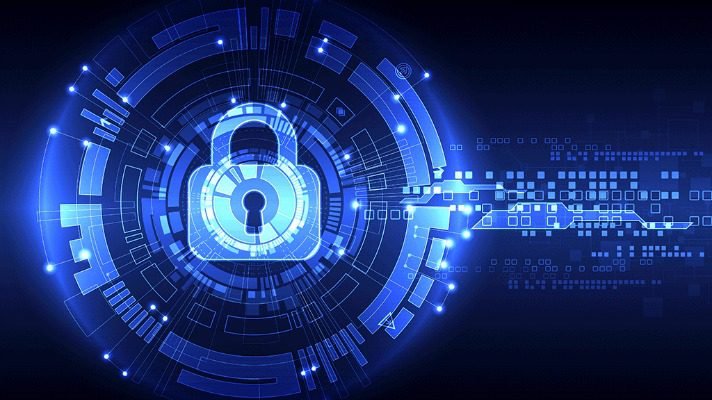Identity Security and Management Considerations For Business Owners
Cybersecurity is a multifaceted and multi-layered concept that requires large amounts of coordination and organization to work correctly and provide as much protection as possible. One of the most important aspects of cybersecurity is identity governance, which encompasses the management and security of your business’s identity and access privileges. Here are some important identity security and management considerations you should make as a business owner.
Manage Your Identity Security Differently in the Cloud Than You Do in On-premise Computing
There are some differences between managing your identity security in the cloud and in on-premise computing infrastructures. Identity management in the cloud involves three main governance focuses: robust frameworks for relationship governance, continuous security validation and assessment and collaborative ties between cloud security teams and identity and access management (IAM) teams. These focuses can help your organization make its cloud security more holistic and effective, particularly when network fragmentation and third-party relationships are concerned.
Balance The Five Functions of Identity Management
You need to incorporate the five functions of identity management to successfully perform identity governance. The audit function allows you to monitor your identity security and management. Identity federation is a method of user identification and authentication that doesn’t require users to remember their passwords. Service functions interface between your network and the user’s device, making identity governance more role-based and personalized. User access functions cover the methods users can utilize to log on to your service. Pure identity refers to the function that forms the base of identity governance. This function facilitates identity management independent of access requirements.
Understand Identity Management System Capabilities Before Implementing Them
In addition to five functions, there are five system capabilities you need to understand to successfully implement identity management and security. These functions are interchange, delegation, roles, authorization and authentication. Interchange is the method of exchanging access information between domains. Delegation refers to global administrators enabling local administrators to perform actions related to system management and modification. Roles are the labels and job descriptions you create for certain job and operations functions. Authorization refers to managing which users are authorized to access areas or use programs. Authentication is how you verify user identities.
Keep Risk in Mind When Implementing Or Updating Your Identity Security Governance
All aspects of your identity security and management will ultimately be based on the level of risk you’re dealing with. The higher the risk and the larger the amount of data you need to protect, the more stringent and robust your security and identity governance need to be. If you need stronger identity security and management, look for ways to integrate your tools and ensure they can be utilized together. You will need to assess potential risk regularly, for example, annually. Think about who is most likely to be impacted by any changes to your identity governance or new cybersecurity threats. Consider how such threats might impact your business and your security and access management tools. Then you can determine the best way to advance, update or reconfigure your identity security and management structure and policies.
Combine Multiple Tools For Stronger Identity Security And Management
Not only are there multiple models, capabilities and functions related to implementing robust identity governance, but there are also multiple tools you can use to support and expand your identity security and management. Base your choice of tools on the needs of your users, the security requirements of your business and the types of data and programs you need to protect and manage. Commonly utilized tools include decentralized identity governance, access management for customers, behavioral analytics, biometric technology, continuous access management, zero trust architecture, multifactor authentication and passwordless authentication.
While every business has different preferences and levels of strength for its cybersecurity, all cybersecurity management needs to be strong and up-to-date. You should regularly review your identity governance policy and tools to ensure that the structure and software are appropriate for your business’s safety and data security needs.

